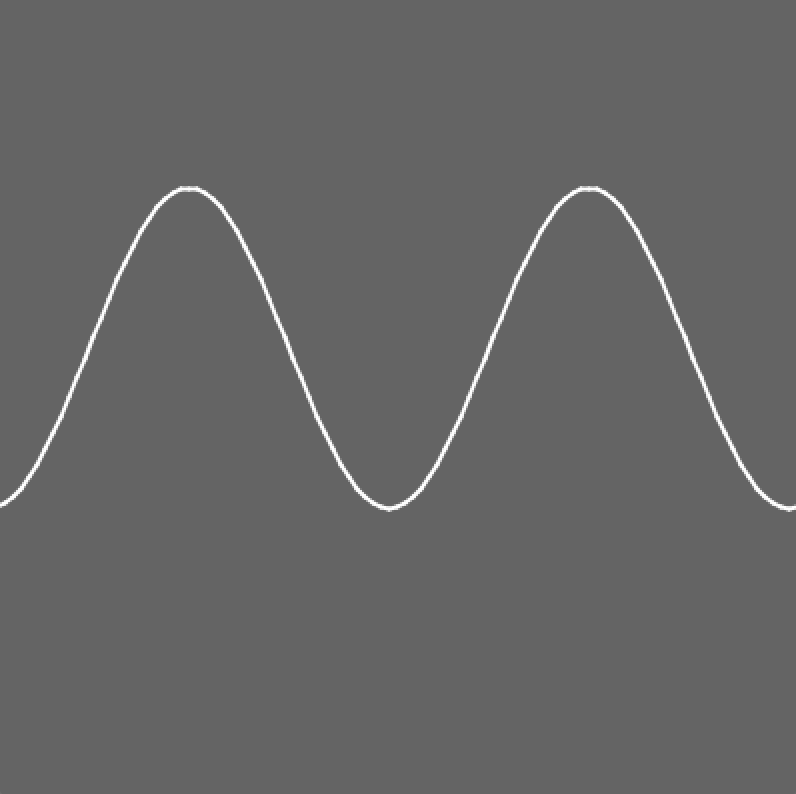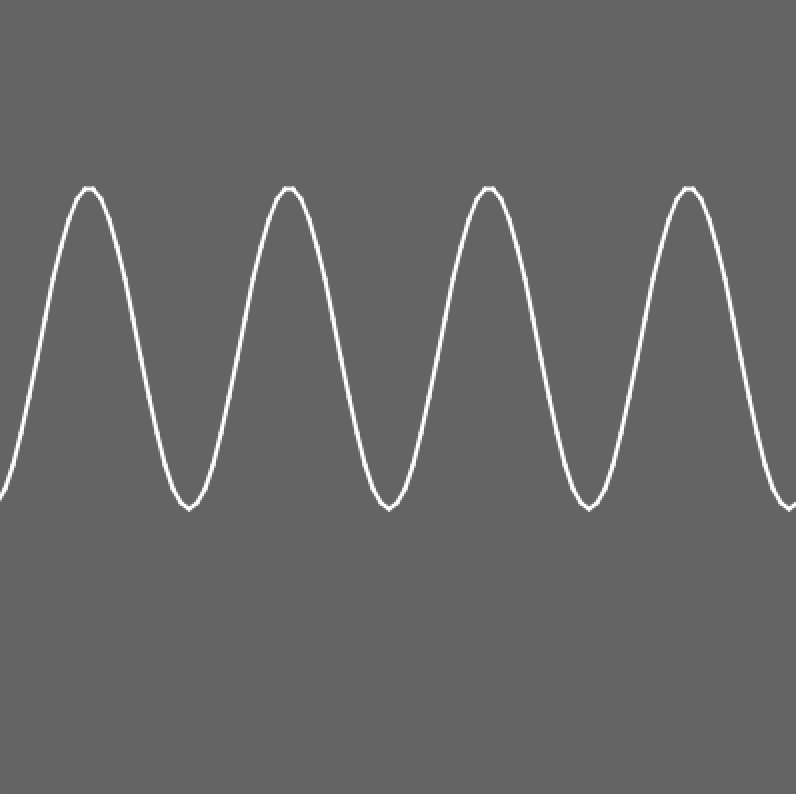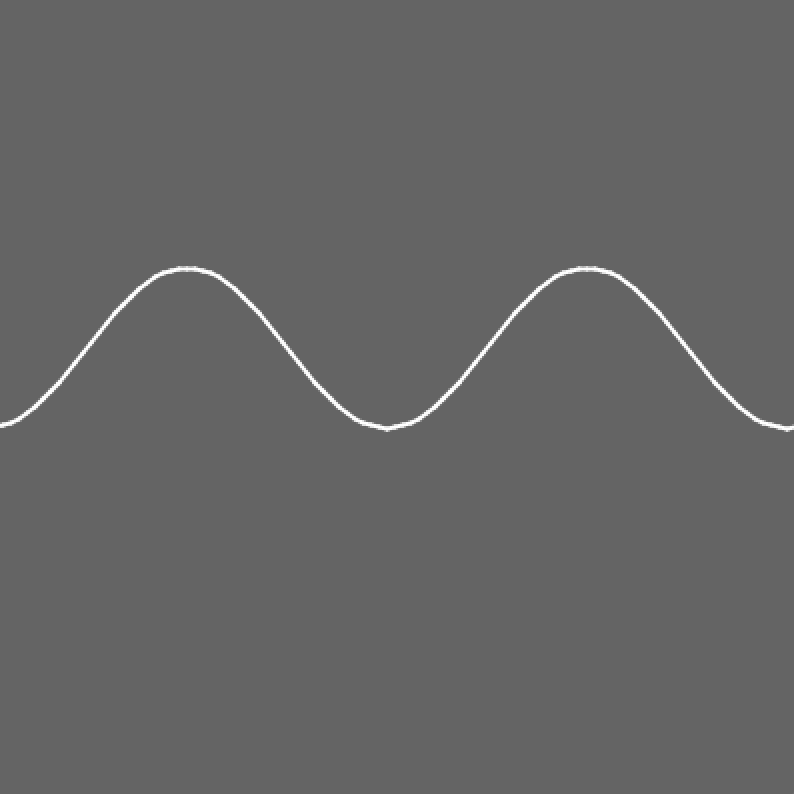This is a short of excerpt of a theory-fiction essay written in early 2021 by the Bucles collective – Joaquín Zerené, Dusan Cotoras and myself. It was originally thought as a warm-up for our participation at the transmediale workshop on Research Refusal, and thus for the series of essays and articles we developed there. However, now facing the catastrophic results of the constitutional referendum in Chile last 4 September, I think this text may offer further perspectives to assess such a failure, and/or that country’s techno-political context in general.
***
[The M_Machine]
A summit, a hollow, a summit; from the present to its past, from the past to its present. These three historical events – insofar as they are eventualizations of an ongoing echo – outline the rhythm of a broader motion which, just as it can be discerned as always previous, it can also be recognized as permanently potential – as the reverberation of a still unknown, but yet predictable, future. Thus, beneath its always technological materializations, underneath its always aesthetic modes of materialization, we hear the secret murmur of a cyclical machine; of an abstract cyclical machine which hides in its logical structures the commandments of its operationality.

// Set of variables
float a = 0.0;
float durability = 50.0; // The length of cycles
float intensity = 80.0; // The strength of the cycles
float inc = TWO_PI/durability;
float initial_x = -5;
float initial_y = 175;
float x, y; // Ongoing struggling forces in time
// M_Machine Setup
void setup() {
size(400, 400);
background(100);
for (int i=-5; i<400; i=i+4) { // The loop
x = i;
y = 175 + cos(a) * intensity;
strokeWeight(2);
stroke(255);
line(initial_x, initial_y, x, y);
initial_x = x;
initial_y = y;
a = a + inc;
}
}From the entrails of its abstractness, therefore, the machinic condition of these cycles can be modeled; it can be encoded, it can begin to be known. Its variables and constants emerge as visible, its configuration becomes apparent, the loop that commands the harmonies of its motion is finally intelligible – we can penetrate it, become with it. Thus, we learn that we can potentially act on the variability of this machine; that is, on the durability and intensity of its cycles – we could make it to become other, but only if we become others through it. Put differently, a journey to this abstract space is required; one that demands not only to embrace such abstractness, but to disembody in order to abstract ourselves in the process. Understanding ourselves as a multitude that pre-individuates in this technological abstractness will lead to recognize ourselves, consequently, as the collectivity shaping the durability and intensity that in turn outline the journey. The horizontality of the gray plane, insofar as a time t, can become schizophrenically duplicative (t1) if we reduce the durability alone, or strangely mild (t2) if we lessen the intensity only. And yet, hypothetical procedures will remain just nonsense if the strategies do not accept the also schizophrenic fact that after abstraction, a new, and renewed, phase of hard materialization must be confronted. There lies the true challenge of every contemporary machinic strategy; in recognizing that the symbolic abstractness of the cyclical machine underlying our time becomes real through infrastructural networks, through concrete technological operations. It is from there that all pre-individual states must be overcome in order to individuate as a collective multiplicity; as the plurality shaping the real – schizophrenically or mildly – by learning to become a symbolic abstractness in a real, always in-process, operation.


Chile’s social uprising from October 2019, and project Cybersyn in the 1970s are two instantiations of this. Eventualizations that allow us to see that these processes – in their abstraction, in their subsequent materialization – are tantamount to, or emerge as, economic networks of power/knowledge relations. On the one hand, one could speculate that the former, by unfolding a broad attack on the public transportation infrastructure of the country’s capital, not only signaled the exploit – the weak link – of probably every overpopulated and fragilely cohesive Latin American society, but it crystallized an acceleration that immediately derived into a schizophrenic reaction of the underlying machine (t1): subway stations and buses on fire, military troops on the streets, protesters occupying public spaces, clashes between the people and those wearing uniforms, unprecedented political reforms. On the other hand, the latter case may have attempted to unfold a more nuanced strategy which, by using technologies of telecommunication and data processing, would have catalyzed the multiple and many times struggling forces emerging from the workers’ unions and professional groups within the recently nationalized factories, injecting them into a broad network – encoded as data – to potentially generate milder cycles of resistance (t2) – a scenario that, as we know, did not take place because an external signal, in the form of an internationally backed coup d’état, destroyed such strategy.
In any case, however, we see these two cases as summits of an average M_Machine; as high spots of social self-consciousness that allows the collective to unfold strategies to conquer its own stability. Their differences, moreover, might be explained by paying attention to the profundity that separates them. There, the emergent aesthetic cynicism we have pointed out, in itself a technology of contention, may have constituted a capacitance; that is to say, a reservoir of power/knowledge relations that became so stressed, that would hence bring about equally stressed series of oscillations.
It is strange how the past speaks to us: it may be the dictums of cybernetics, and, more precisely, those unfolded through project Cybersyn in the 1970s, what could show us now the technological modes to regulate the oscillations we are currently living through; those we must overcome in order to conquer our stability as a collective – our stability as a collective machine.
––
Santiago / Valdivia / Berlin 2021